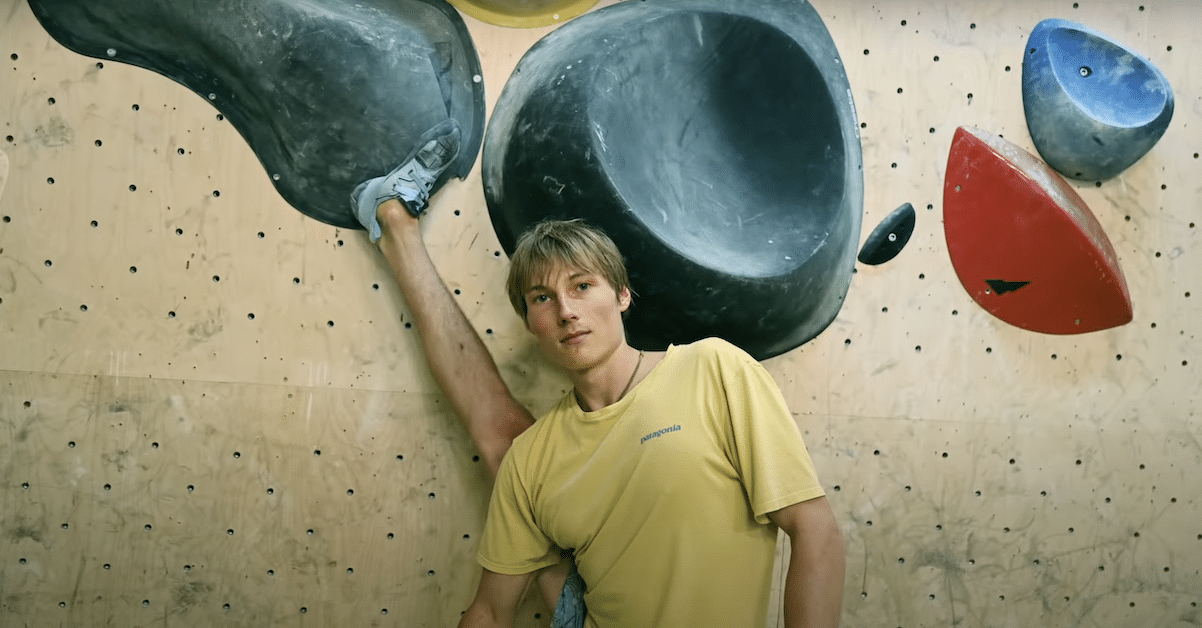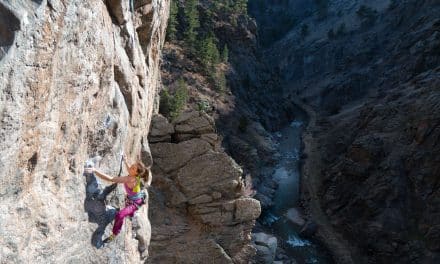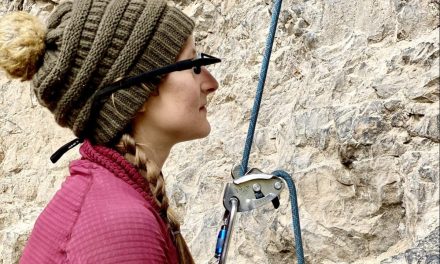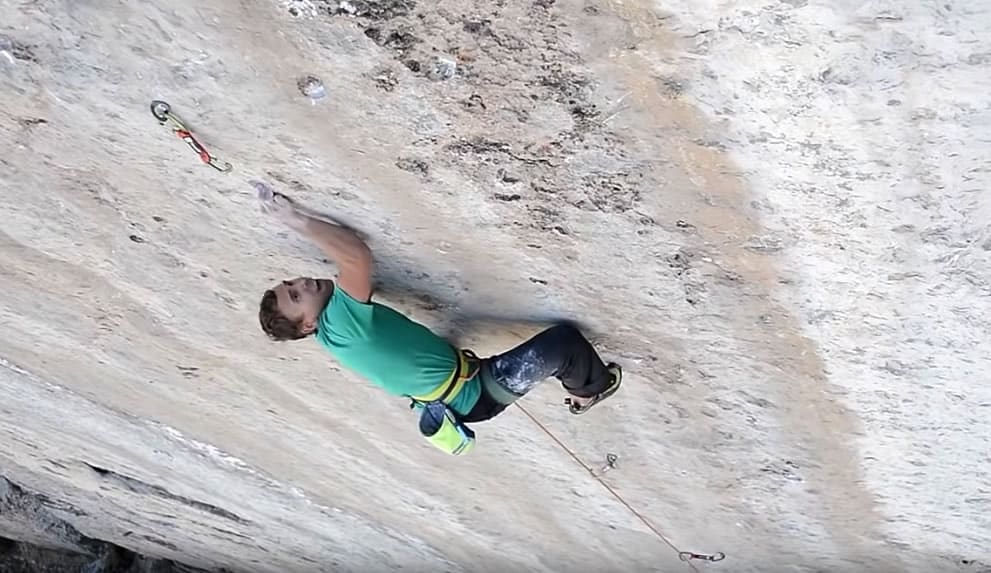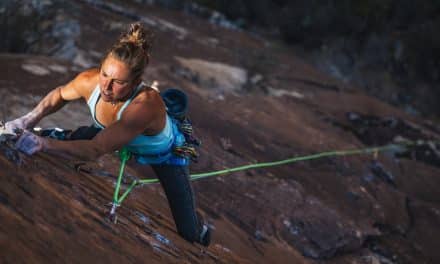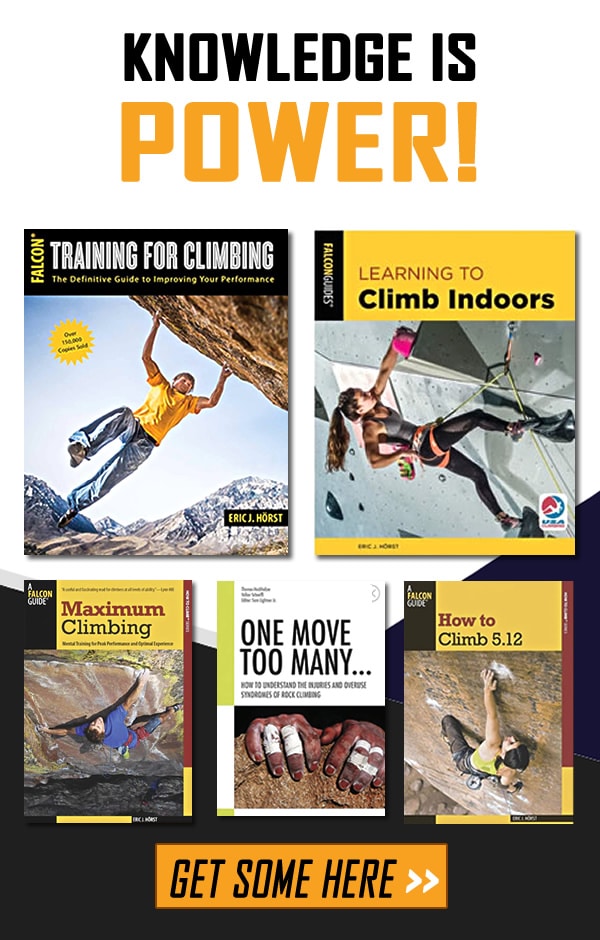When it comes to the importance of flexibility in climbing, take it from a climber whose bones might as well be made of rubber: Alex Megos.
Alex’s ability to contort his body into pretzels and span huge distances with his legs is just one of the many traits that make him one of the world’s most accomplished rock wrestlers. (If you don’t believe me, just skip ahead to the three-minute mark in the video below—and do your best not to let your eyes fall completely out of your head!)
It’s not all natural talent, either. Megos prioritizes stretching and mobility as a core component of his climbing training. Together with training partners Chris and Chiara Hanke, he’s dedicated his latest video to showing us what exactly that looks like as part of his regular routine.
It starts with his everyday climbing warm-up. Megos acknowledges that some experts say stretching in the warm-up decreases power during the workout that follows. He believes, however, that the way it helps him feel more mobile before climbing is worth any potential trade-off. Hanke also informs us that stretching before climbing helps prepare the body for the efforts ahead. Stretching, especially dynamically, stimulates the muscle spindles in that area. These then communicate with the central nervous system and tell our brain where we want to work before we start the real work. Both your body and brain get a heads-up on what you’ll be asking of them before you truly start. This ensures that they’re not surprised going into it, which makes the transition into training easier while also reducing injury risk.
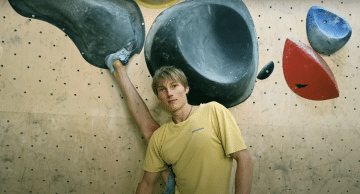
Yep, that’s his own foot up there! Follow Alex Megos’ stretching routine and you might be able to do the same.
Follow Along with Alex Megos’ Stretching Routine
In the video, Megos outlines his typical pre-climb procedure for stretching. Head to the included time stamps for examples of each stretch as he discusses them. Megos begins with a wide leg stretch (3:30), which he calls his “taping stretch” because he can lean on his forearms and get his finger tape secured at the same time. We love a good multi-task!
Once he’s all taped up and ready to go, he transitions to a classic runner’s stretch (4:20). Megos suggests working toward laying your chest on the ground for the most activation in this stretch. This position aids in getting into high foot stances without letting your butt jut out and push you off the wall. He follows that with a pigeon stretch (5:00) for external hip mobility. Megos caps off his lower body stretching with the froggy position, which opens up the internal hips for balance on slab, strength on steep walls, and mobility on heel hooks as you pull yourself toward your foot.
Megos then moves on to the upper body with a few spinal stretches. He includes cat-cows (12:00) for vertical movement of the spine and spinal twists (9:50) to facilitate horizontal rotation. Spinal stretches of any kind support strong climbing by increasing shoulder mobility. The further you can reach, the more possibilities available on the wall.
Why Train Mobility and Flexibility?
With that in mind, Megos’ main motivation for his mobility and stretching routine is to expand his scope of options while climbing. Flexibility allows him to get into positions that others might not consider, such as heel hooks above the head and stemming in the splits. Not only does he benefit from being able to utilize more features on the wall as he climbs, he’s also able to take advantage of unique rest positions as a chance to recoup his energy before the next push. Better recovery between cruxes makes each crux that much more manageable.
You’ll notice that these stretches are almost entirely “passive” stretches as opposed to “active” ones. Active stretching involves more motion and contraction of the muscles at play. Megos emphasizes that it’s important to focus on passive stretching first. It gives climbers the opportunity to practice getting into a position in a secure way before using it actively. Passive mobility before climbing leads into active mobility on the wall as the warm-up period progresses.
Megos likes to include these passive stretches as the intro to each session. That’s not the only time you’ll find him working on his flexibility, though. Mornings, evenings, and while relaxing in front of the TV are all fair game. Because passive stretching doesn’t require too much space or energy, they can be performed pretty much anywhere and anytime. That means there’s little excuse for skipping out!
Follow along with Megos on his YouTube channel as he flows through his stretching routine. Go even further with a few bonus exercises that bring in more advanced elements like weights and pulses. Make it a habit, and you too may find yourself heels over head before long!
Copyright © 2000–2023 Lucie Hanes & Eric J. Hörst | All Rights Reserved.

